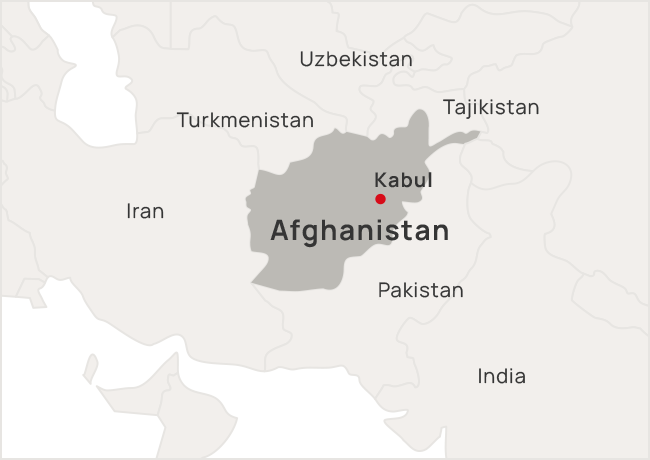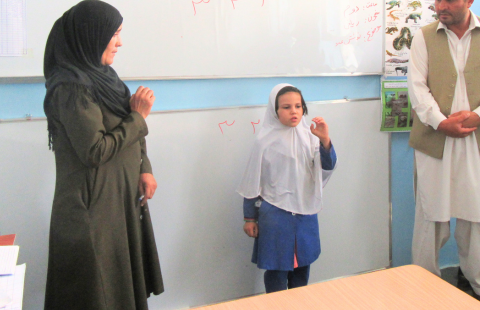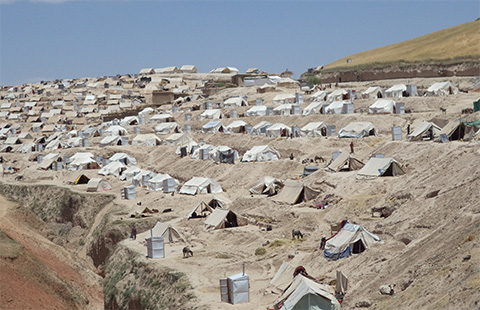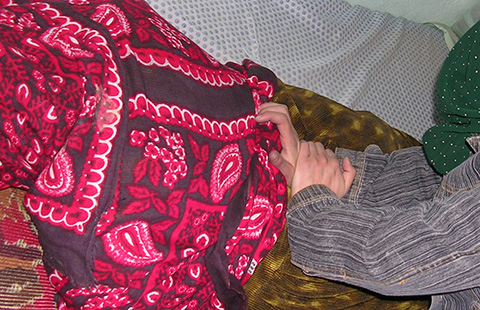Afghanistan
Map & Basic Information
-
Area
652,225 square kilometers
-
Population
38.9 million (World Population White Paper, 2020)
-
Capital
Kabul
-
Ethnicity
Pashtuns, Tajiks, Hazaras, Uzbeks, etc.
-
Language
Dari and Pashto (official languages)
-
Religion
Islam (mainly Sunni, but Hazara are Shia)

Issues to be addressed
Since the invasion of the former Soviet Union in 1979, many landmines and unexploded ordnance have been found in various parts of Afghanistan, and since the 2010s, the use of improvised explosive devices (IEDs)* has become more frequent, increasing the risk of damage to people. In addition, the rights of people with disabilities, including landmine victims, are not sufficiently guaranteed, and many people with disabilities are unable to receive basic education, medical care, and welfare services.
*IEDs: Improvised Explosive Devices, which can be manufactured from familiar objects such as polyethylene tanks and cans. The number of damage is increasing every year.
Activities
Earthquake Emergency Relief

Conducting interviews
In October 2023, a major earthquake hit the province of Herat, affecting more than 43,000 people, and AAR is distributing food, hygiene items, blankets, and other items to those who are particularly vulnerable, including households with person with disablity or elderly members among the affected population.
Mine risk education and Mine clearance activities

Children receive educational materials prepared by AAR on how to protect themselves from landmines.
AAR Japan is conducting activities to teach people how to avoid being harmed by landmines, unexploded ordnance, improvised explosive devices (IEDs), and other explosive devices.We use posters, show short films in villages, and radio broadcasts to make it easier for children to understand. We are also working on training local instructors who are in charge of mine avoidance education. And since 1999, we have supported mine and UXO clearance activities through THE HALO TRUST, an organization specializing in demining in the U.K.
Major Activities in Past
-
2014 - 2021
Promotion of inclusive education

To enable children with and without disabilities to learn together, we have implemented barrier-free facilities in schools, support for children with disabilities to enroll in and attend school, and Braille textbooks.
-
2014
Support for flood victims

More than 125,000 people were affected by floods and landslides. We distributed mosquito nets and hygiene products in the affected areas.
-
2002 - 2008
Operation of a
physical therapy clinic
We operated a physical therapy clinic so that Afghans with disabilities could receive physical therapy. About 32,000 people received treatment.